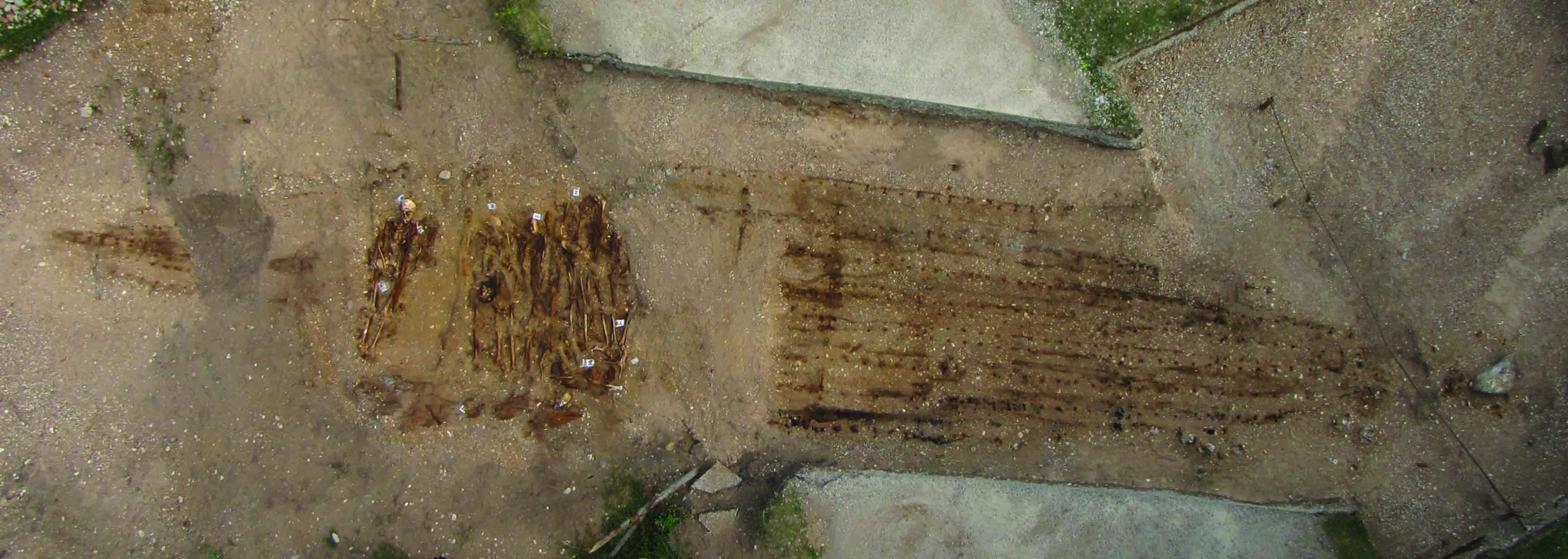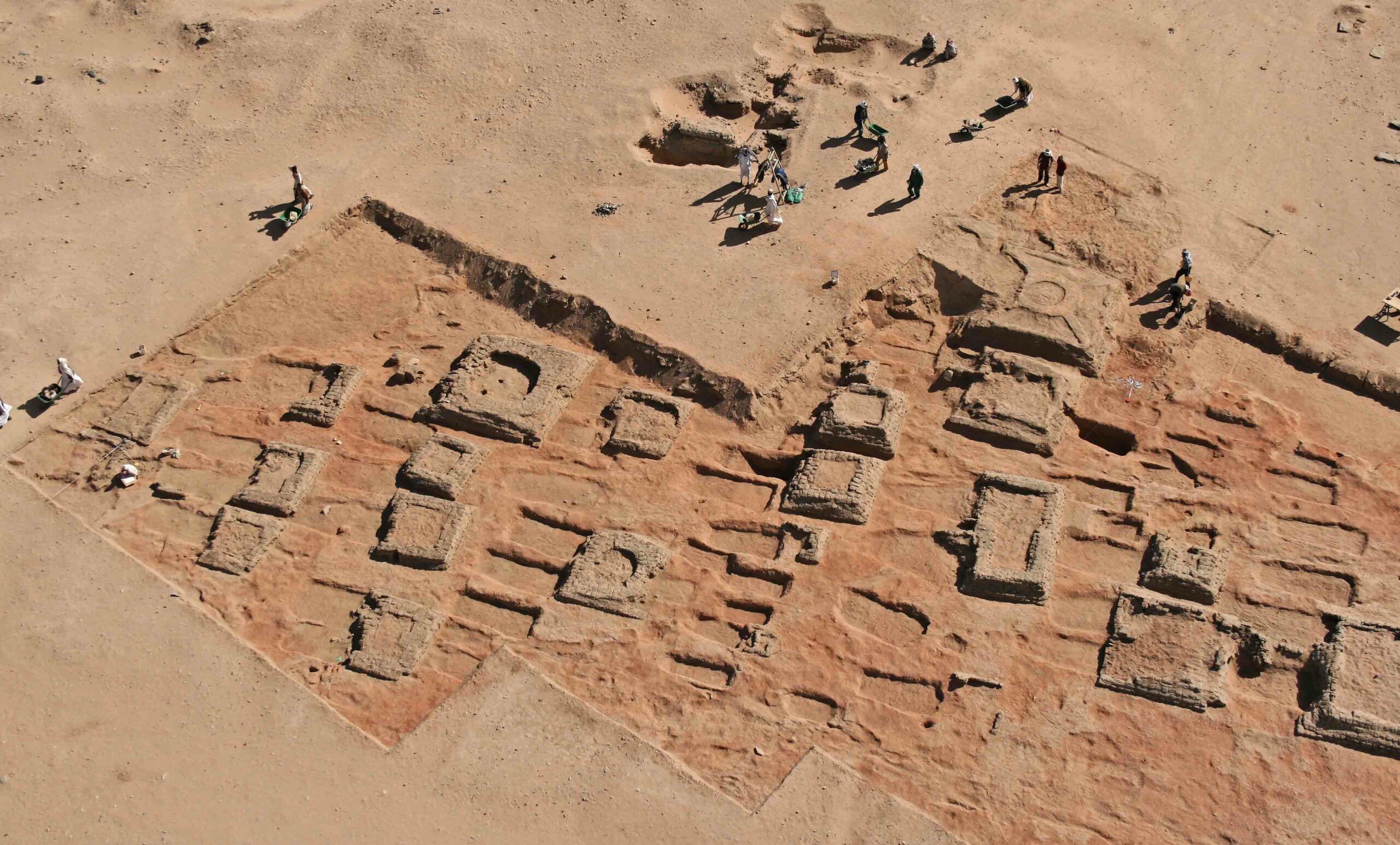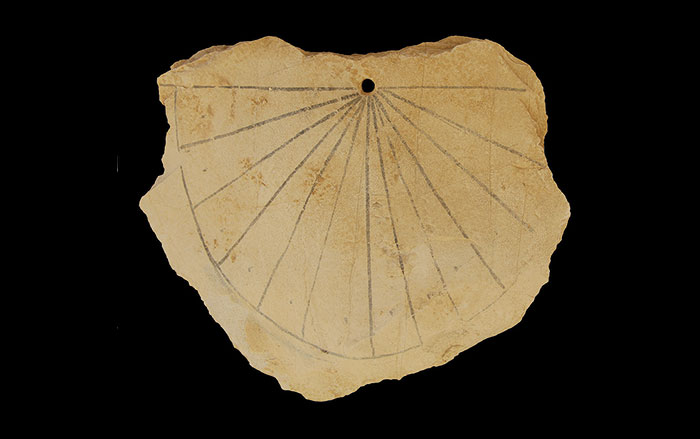
GAYLORD, MICHIGAN—A 20-foot-long piece of timber recovered from the bottom of Lake Michigan will undergo a CT scan at Otsego Memorial Hospital. Carol Griggs of Cornell University’s dendrochronology lab will then examine the images and try to date the wood from its rings. “This is a very important step. If that piece comes out of the CT scan and it’s some 330 years old… there’s only one ship it could belong to, and that’s the Griffin,” said Steve Libert, who has been looking for the seventeenth-century ship for the past 30 years. The Griffin was built by the French explorer Robert de La Salle and was lost with a crew of six and a load of furs in 1679. Michigan’s state archaeologist Dean Anderson thinks the timber in question could be part of a pound net, which used heavy stakes driven into the lake bed. “But the archaeological evidence I’ve seen thus far doesn’t indicate this is part of a wreck,” Anderson added.











